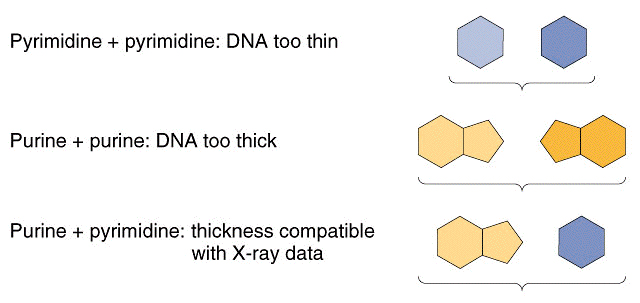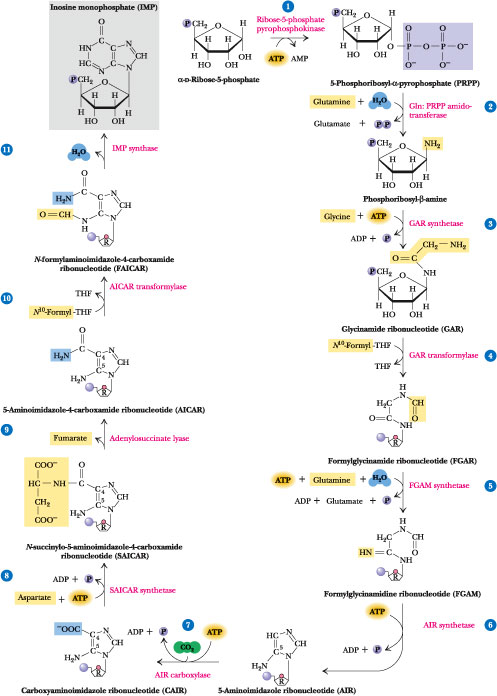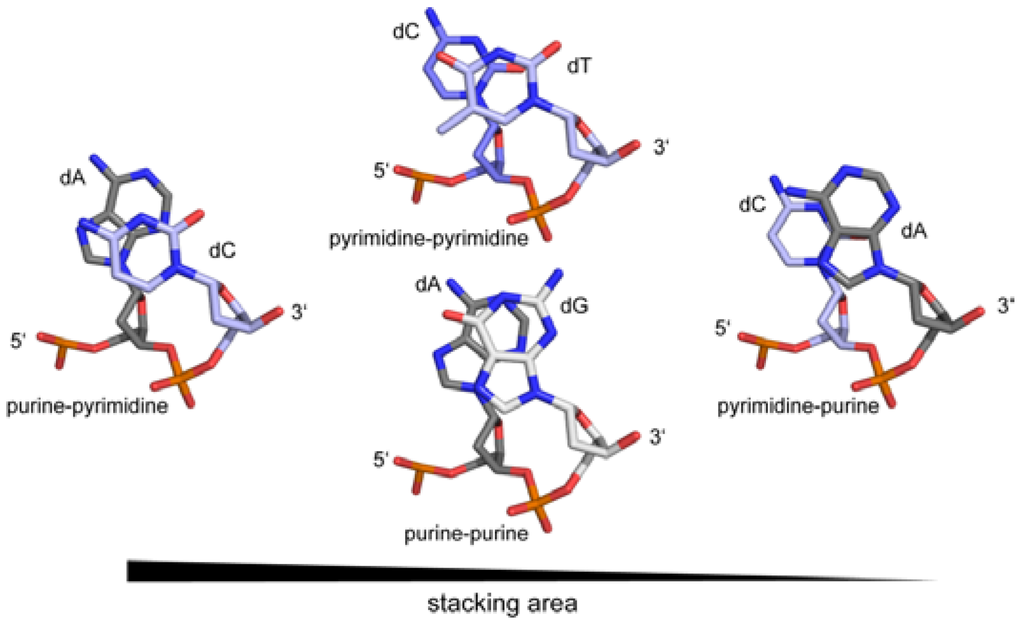

Here, we restrict our attention to point mutations as it allows us to directly compare the sequence before and after the mutation. Many different types of mutation are possible in a genetic sequence including point mutations, deletion of single base pairs (producing a frame shift) and large-scale deletion or duplication of multiple base pairs. We have selected these genes such that (i) those from OMIM have a well-known sequence with known phenotype as well as at least 10 point mutations, (ii) all other selected cancer-related genes have also at least 10 point mutations and (iii) all non-cancer related genes from HGMD have at least 200 point mutations (cp. We consider native genetic sequences and mutations of disease-associated genes as retrieved from the Online Mendelian Inheritance in Man (OMIM) 3 of NCBI, the Human Gene Mutation Database (HGMD) 4, the International Agency of Research on Cancer (IARC) 5 as well as Retinoblastoma Genetics 6. Point Mutations and Electronic Properties The models are (i) the standard one-dimensional chain of coupled nucleic bases with onsite ionisation potentials 11, 15 as well as a novel 2-leg ladder model with diagonal couplings and explicit modelling of the sugar-phosphate backbone 16.

11 Here we compute and datamine the results of charge transport calculations based on two such effective models for each possible mutation in 162 of the most important disease-associated genes from four large gene databases. Ab-initio modelling of long DNA strands is similarly demanding of computational resources and so some of the most promising computational approaches necessarily use much simplified models based on coarse-grained DNA. Direct measurement of charge transport and/or transfer in DNA remains a highly controversial topic due to the very challenging level of required manipulation at the nano-scale 14. The possible relevance of charge transport in DNA damage has recently also attracted considerable interest in the bio-chemical and bio-physical literature 10, 11, 12, 13. Harvesting these genomic databases for new cancer genes and hence potential therapeutic targets has already demonstrated its usefulness 8 and several recent international cancer genome projects continue the required large-scale analysis of genes in tumours 9. This abundance of data is based on the now standard availability of massively parallel sequencing technologies 7. In recent years, a vast number of detailed databases have been assembled in which rich information about the type, severity, frequency and diagnosis of many thousand of such observed mutations has been stored 3, 4, 5, 6. A cell responds to genetic damage by initiating a repair process or programmed cell death 2. These changes in turn affect protein-coding or regulatory components and lead to health issues such as cancer, immunodeficiency, ageing-related diseases and other disorders.


Cells tend to accumulate over time genetic changes such as nucleotide substitutions, small insertions and deletions, rearrangements of the genetic sequences and copy number changes 1.


 0 kommentar(er)
0 kommentar(er)
